Key Factors Influencing the Nut Roasting Process
Key Factors Influencing the Nut Roasting Process
When it comes to roasting nuts, factors such as temperature, roasting time, and airflow play a pivotal role in determining the final flavor, texture, and color of the product. These elements are critical, as they each contribute to the unique characteristics that make roasted nuts enjoyable. For those in the nut processing industry or even small-scale producers, understanding and controlling these factors are essential for creating a consistently high-quality product. Below, we’ll explore each factor in detail, highlighting their impact on the nut roasting process and how you can optimize each one for the best results.
1. Temperature Control: The Foundation of Nut Roasting Quality
Temperature is one of the most crucial factors in the nut roasting process, as it directly affects the flavor and texture of the nuts. Different nuts have varying oil and moisture contents, meaning they require unique roasting temperatures to bring out the desired flavor without overcooking or burning. For instance, almonds and peanuts may roast well at moderate temperatures, while cashews may need slightly lower settings to prevent bitterness.
Why Temperature Matters:
- Flavor Enhancement: Properly controlled heat helps release the natural oils in nuts, intensifying their flavor. High temperatures can cause nuts to overcook, leading to a burnt taste, while too low temperatures can result in under-roasting, leaving them bland.
- Texture Development: Achieving the right balance between crispy and crunchy textures is largely dependent on temperature control.
- Nutritional Preservation: Excessive heat can degrade some of the nutritional value, including antioxidants and healthy fats, while optimal temperatures help preserve these qualities.
Maintaining ideal roasting temperatures ensures the nuts are consistently cooked, improving both taste and texture, which is essential for customer satisfaction and product quality.
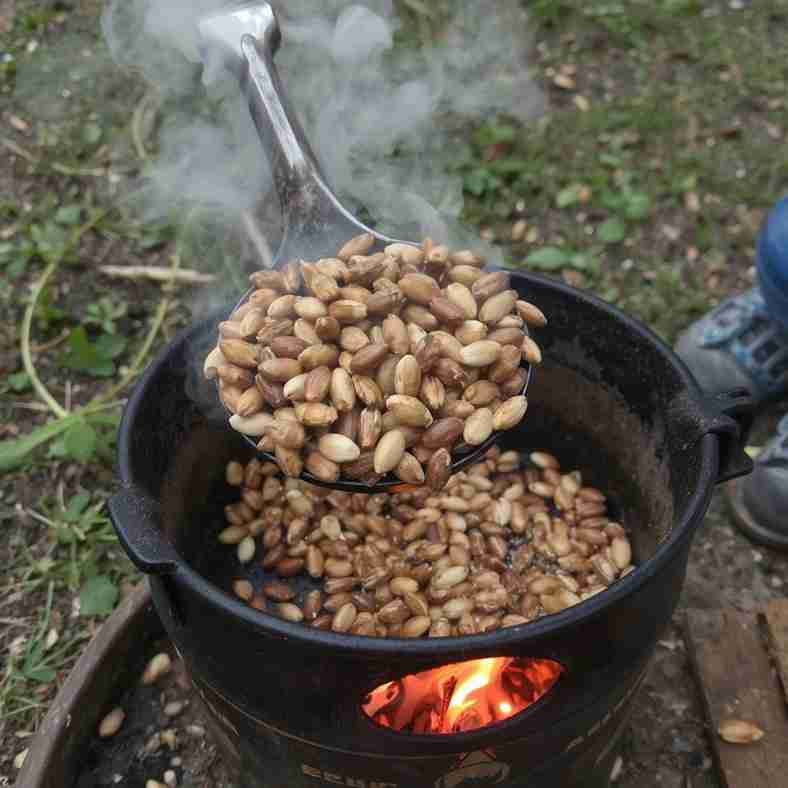
2. Roasting Time: Perfecting Flavor and Consistency
Roasting time is closely tied to temperature but plays its own role in developing the taste and appearance of nuts. The roasting time affects moisture loss, nut density, and browning—each of which can alter the eating experience.
Considerations for Roasting Time:
- Browning and Caramelization: Longer roasting times allow for a greater degree of caramelization, enhancing the nut’s natural sweetness and creating a richer taste. This process can also affect color, giving roasted nuts a deeper, more appealing hue.
- Consistency: When aiming for consistent quality in large batches, keeping roasting time uniform across all nuts is key.
- Balanced Texture: Extended roasting can make nuts overly crunchy or even hard, while short roasting times may leave them chewy and unsatisfying.
Striking the right balance between time and temperature is essential to avoid burning while achieving the optimal roast profile. Adjustments to roasting time can help bring out different flavor profiles, making it a valuable tool in the customization of nut products.

3. Airflow and Circulation: The Secret to Uniform Roasting
Airflow in the roasting chamber is vital for even roasting, as it ensures heat is distributed uniformly around each nut. Proper air circulation allows for consistent temperature maintenance, preventing hot or cool spots that could lead to uneven roasting.
Benefits of Optimal Airflow:
- Uniform Color and Texture: With consistent airflow, every nut receives the same amount of heat, producing a uniform roast with consistent coloring and texture.
- Energy Efficiency: Efficient airflow allows for optimal energy use, reducing costs and ensuring the process meets European standards for energy consumption.
- Moisture Removal: Good circulation helps remove excess moisture produced during the roasting process. This is essential for achieving a crispy finish and also helps avoid issues such as mold during storage.
Balancing All Factors for Optimal Nut Roasting
Each factor—temperature, roasting time, and airflow—must be monitored and adjusted as needed for different nut types and desired outcomes. Roasting nuts is both a science and an art; slight adjustments to any of these variables can have significant effects on the final product.
By ensuring proper control of these key factors, not only can nut processors produce consistent, high-quality products, but they can also optimize production efficiency and comply with European standards.

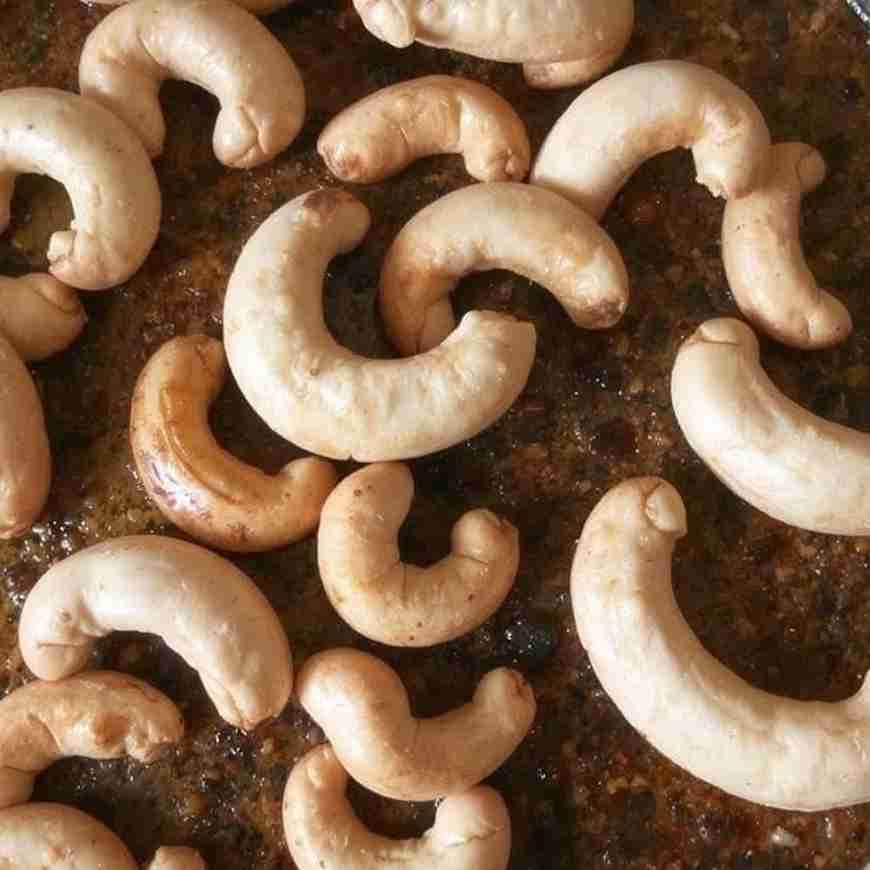
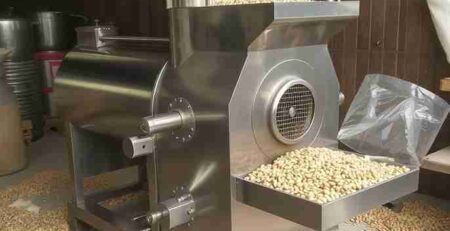

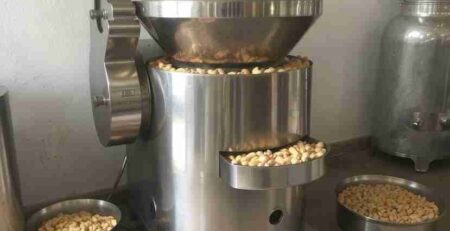




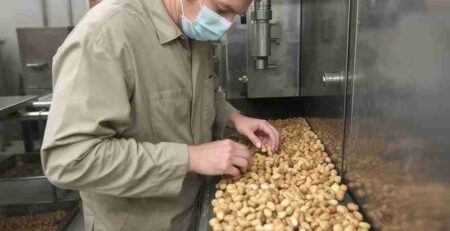


Leave a Reply